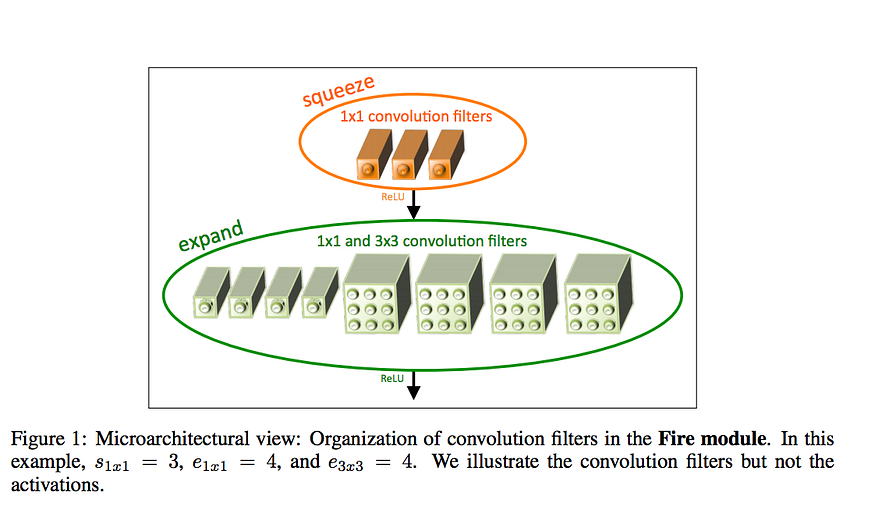SqueezeNet-Implementation
This repository attempts to replicate the SqueezeNet architecture using TensorFlow discussed in the research paper: "SqueezeNet: AlexNet-level accuracy with 50x fewer parameters and <0.5MB model size".
The paper can be read here.
The official implementation of this paper can be found here.
Requirements
1. tensorflow-gpu==1.13.1 ( Does not work with Tensorflow 2.x)
2. sklearn
3. opencv-python
4. numpy
5. Python 3.x ( Specifically not python 3.8, anything else works)
Architecture Implemented
- Fire Module
- SqueezeNet Module
Working
The data used for this implementation was picked up from the Kaggle Dataset - Soil Types
- Step 1: Clone the repository
git clone https://github.com/RohanMathur17/SqueezeNet-Implementation.git
- Step 2: Install necessary libraries as discussed in Requirements section
- Step 3: Within train.py, change your path for data at line 31
Change this line
base_dir = '/content/gdrive/MyDrive/SqueezeNet/data/'
- Step 4: In your command prompt, run the train.py file to train the model
python train.py
Additional Information
- This repository attempts to replicate the architecture only. Performance may vary based on parameters implemented. Can change the same and experiment using the
train.pymodule. - A sample usage of this can be found in the Notebook here.

